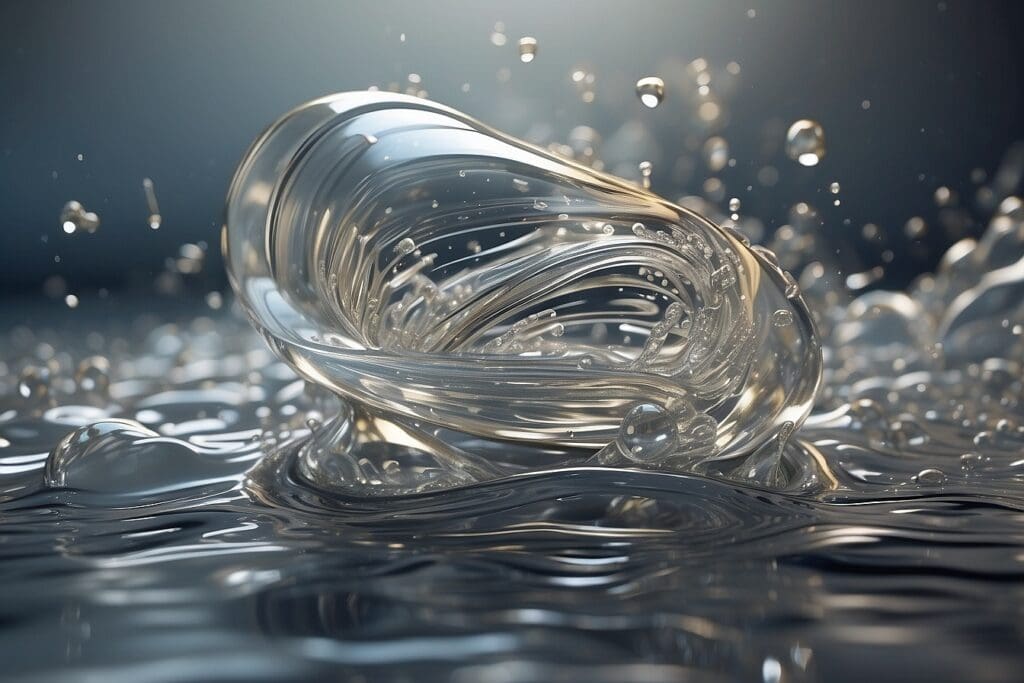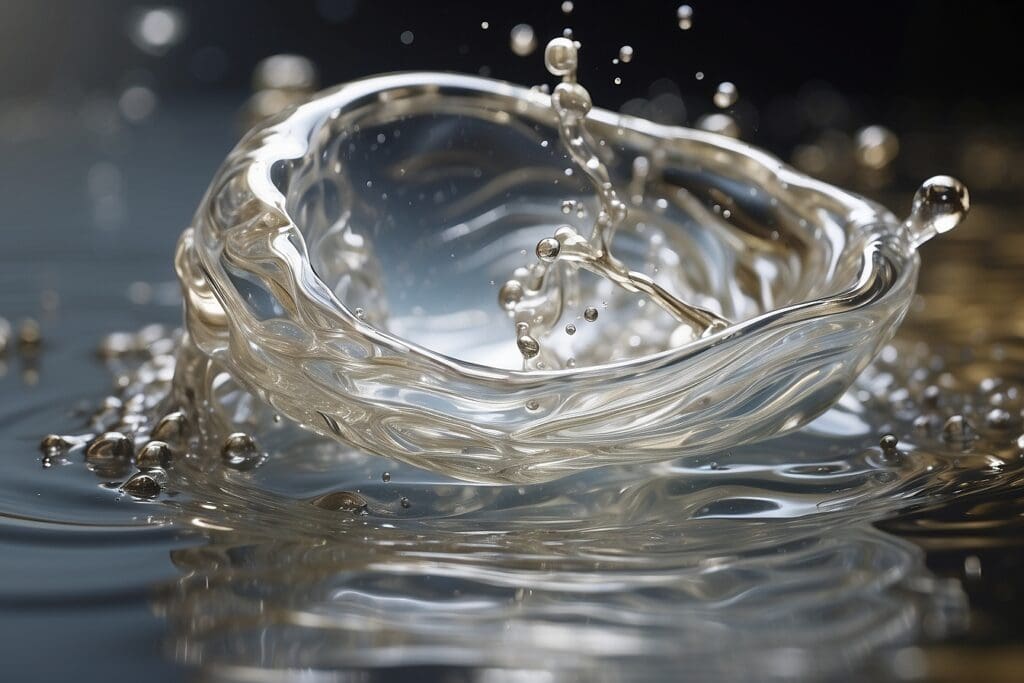In an obscure but oft-quoted excerpt from the “Marine Foresight Panel Report,” the British Office of Science and Technology asserts that “if less than 0.1% of the renewable energy in the oceans could be converted to electricity, it would satisfy the present world demand for energy five times over.”1 Like many other renewable energy industries, the hydrokinetic power industry—otherwise referred to as water power or ocean power—is rapidly evolving. Researchers and developers are constantly coming up with new ways of harnessing the power of moving water—whether it be from waves crashing on the beach, rivers coursing through a valley, or strong ocean currents.2
U.S. locations with the most wave and tidal electricity generation potential.3
Hydrokinectic power has several advantages among alternative forms of energy, including predictability, invisibility, the power density of water, and proximity:
- Predictability—Studying a site for just a few months can yield accurate predictions of water speeds years into the future.
- Invisibility—Some people object to the visual burden of wind turbines. Tidal turbines’ visual effect is minimal.
- Density—The high density of water relative to air (water is 832 times denser!) allows tidal turbines to be smaller than wind turbines and still yield the same power output.
- Proximity—One inherent benefit of ocean power is the tendency for large cities and urban areas to be located on the coast for access to resources, transportation and trade.4
Unfortunately, these benefits have not been enough to really allow the industry to take off. Hydrokinetic power has traditionally suffered from relatively high cost and limited availability of sites with strong enough tides or waves. However, many recent technological developments and improvements in design may make hydrokinetic power viable. Here’s a rundown of some of the more popular and promising hydrokinetic power technologies:
Tidal Power
5Tidal Barrages: The simplest, and thus far most popular generation system utilizing tidal power is a tidal barrage. Tidal barrages are basically dams that are constructed across an inlet or estuary. Sluice gates on the barrage control the flow of water through the barrage and allow the tidal basin to fill on the incoming high tides and to empty through the turbine system on the outgoing tide. Electricity is generated on both the incoming and outgoing tides.6 These systems are similar in some ways to dams constructed across rivers, and therefore can have some of the same adverse effects on plants and animals in the estuaries. In particular, tidal barrages can change the tidal level in the basin and increase turbidity, which is the amount of matter in suspension in the water.7
Due to these environmental impacts, there are only two commercial-sized barrages operating in the world. One is located in La Rance, France and the other is in Annapolis Royal, Nova Scotia, Canada. Both France and Nova Scotia are now experimenting with less disruptive technologies.8
Barrage located in La Rance, France.9
Tidal Fences: Tidal fences, also known as tidal reefs, can be used in many of the same places that tidal barrages are used.10 These fences have vertical axis turbines mounted on a fence that stretches across the width of a channel such that all the water that passes up and down stream is forced through the turbines.11 This technology is less expensive to install and less damaging to local ecosystems, although it can disrupt migration patterns of large marine animals. There is one tidal fence project currently planned for a strait in the Philippines.12

Tidal Turbines: Tidal turbines are basically underwater windmills that can be located anywhere there is strong tidal flow. However, unlike the millions of similar-looking windmills of the world, there are less than a dozen tidal turbine projects and few look alike.
Wave Power
Oscillating Water Column: In a partially submerged oscillating water column the water level changes in relation to the rise and fall of waves. This creates a piston of sorts that drives air into a turbine to produce electricity.17 To see a video on this technology, click here.
Point Absorber: Point absorbers use the vertical motion of waves to act as a pump that pressurizes seawater or some other internal fluid.18
Attenuator: An attenuator, or heave-surge device, is a segmented floating tube that is placed on the surface of the ocean. Waves bend the tube up and down or side to side at its segments, which pressurizes a hydraulic piston to power a generator.19
Overtopping Device: In these floating reservoirs, waves break over the walls of a device. This overtopping water generates pressure to turn a hydro turbine.
Here in the United States some of these types of hydrokinetic power projects are taking off in Washington State23 and New York24. Estimates suggest that the amount of energy that could feasibly be captured from U.S. waves, tides, and river currents is enough to power over 67 million homes!25 Time will tell, though, if the price of hydrokinetic power comes down enough to really create a wave of change.26


